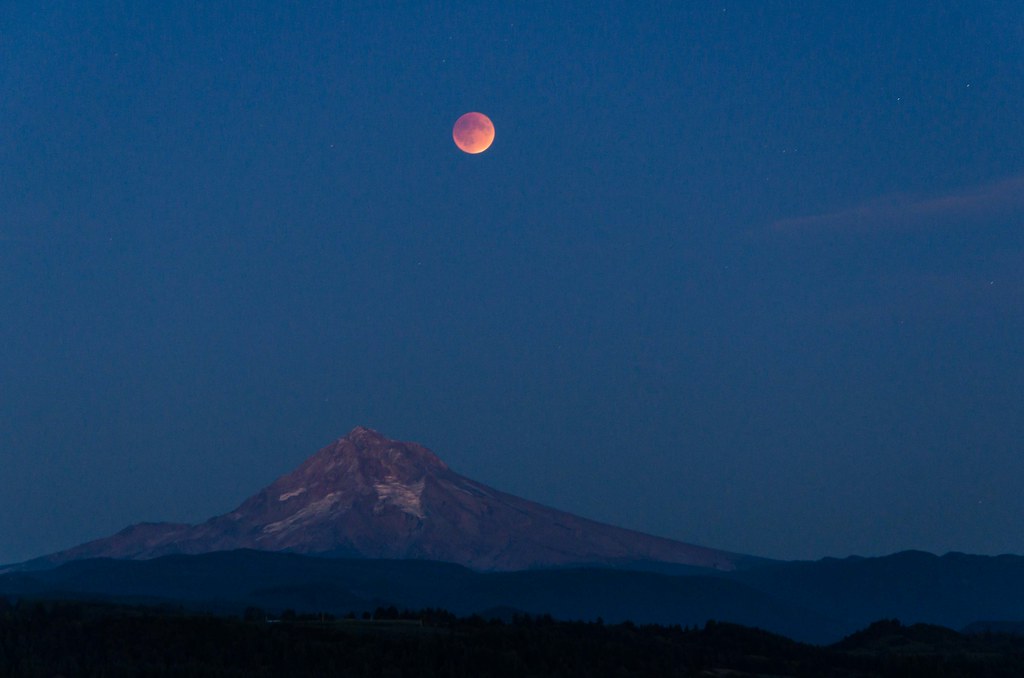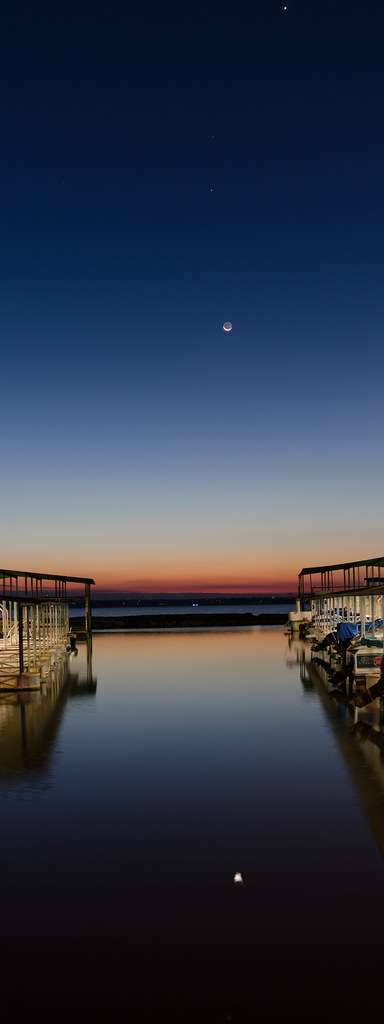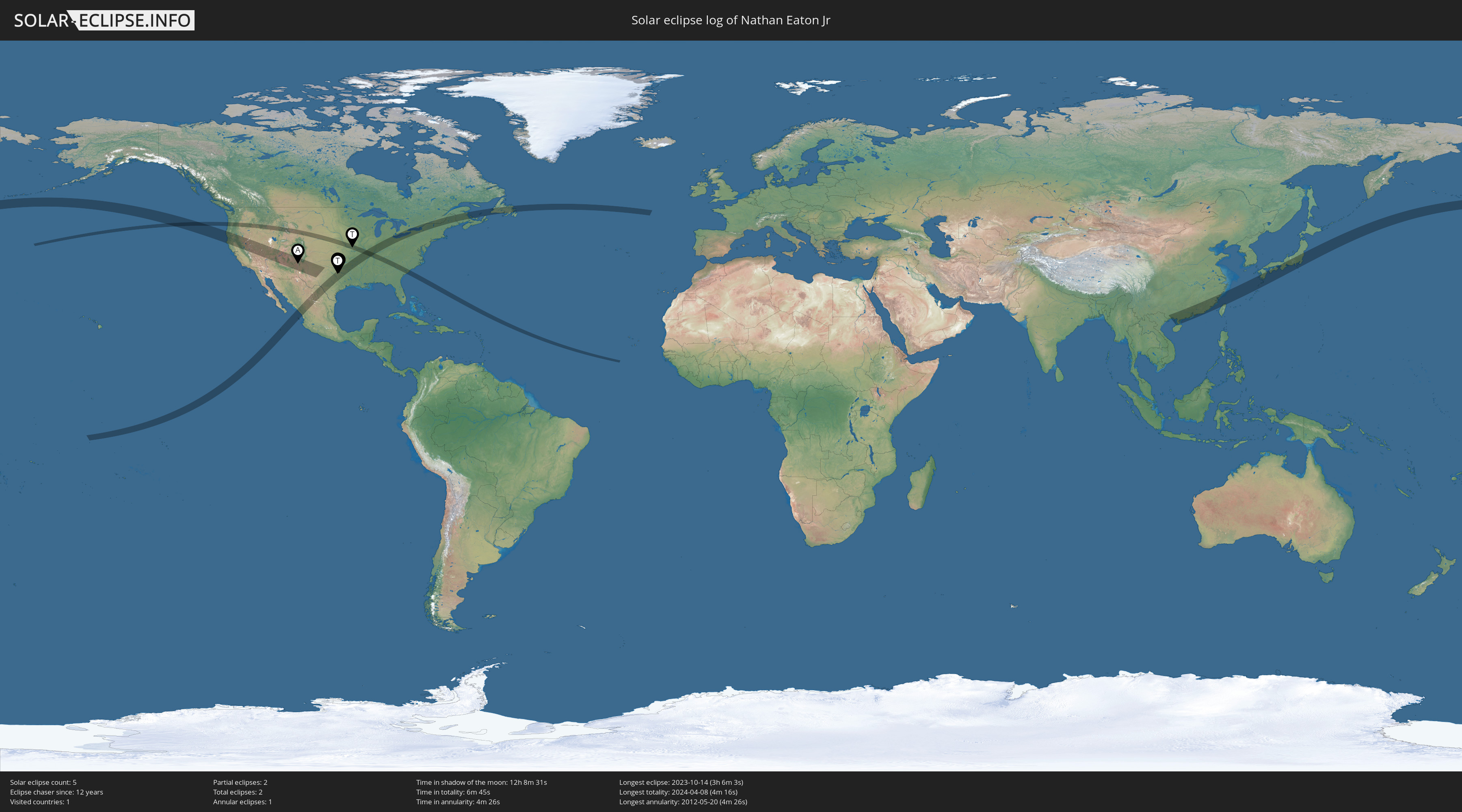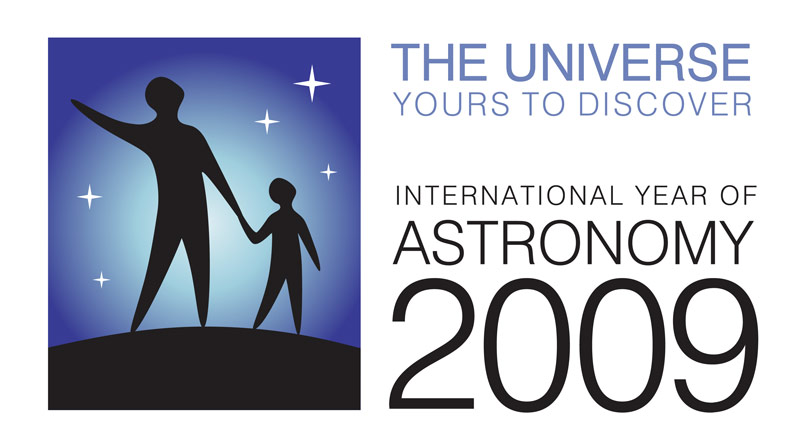Venus with Jupiter just above and Mars just a bit below and left, as seen this morning over Newark Reservoir in Delaware.
This is a rare sight... the three planets are all within about a 4.5 degree field of view, which means you could see them all together at once in typical binoculars. Over the next few days Venus will shift down, moving closer to Mars. Check it out...they don't appear this close together again for nearly 100 years.
This is straight out of camera (Nikon D7000), only cropped to remove foreground clutter.

























 The journey continues beyond 2009... check it out!
The journey continues beyond 2009... check it out!
